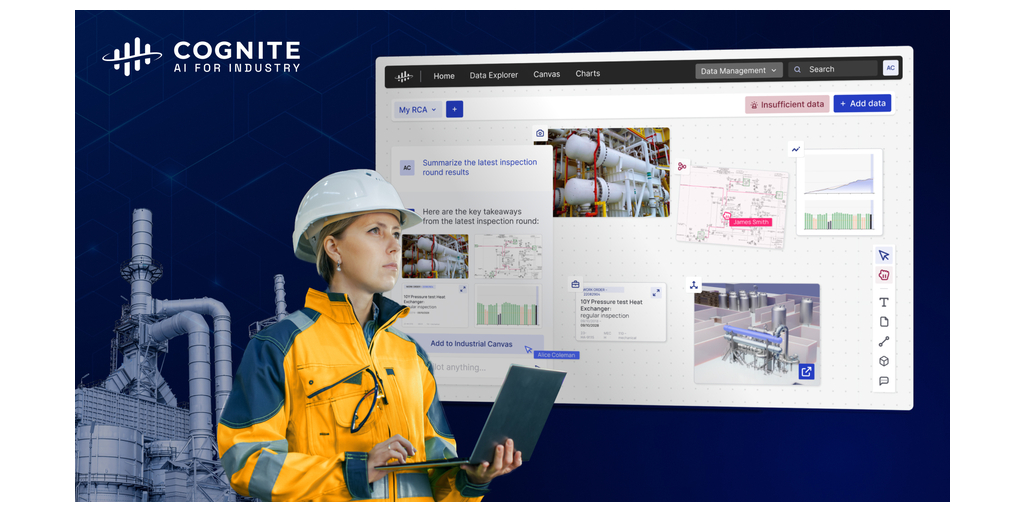Rio Tinto has restarted operations at its East Intercourse Island (EII) facility at Dampier Port in Western Australia following disruptions caused by Tropical Cyclone Sean.
“A railcar dumper at the EII port facility was flooded when Tropical Cyclone Sean delivered record rain along parts of the Pilbara coastline, including 274mm to Karratha, on 20 January 2025,” Rio Tinto said.
“Dumper operation at EII resumed last week and the first ship was loaded on March 3.”
The EII facility was not the only part of Rio Tinto’s infrastructure affected by extreme weather.
The company stated in its full-year results on February 19 that Dampier and Cape Lambert Ports were also impacted by Tropical Cyclone Tahlia, Tropical Cyclone Vince, and Tropical Cyclone Zelia.
The total loss of iron ore shipments due to these four cyclones is estimated at 13 million tonnes year-to-date.
Despite these setbacks, Rio Tinto has implemented mitigation plans to recover around half of the lost shipments throughout the year.
The company has maintained its 2025 Pilbara iron ore shipment guidance of 323 to 338 million tonnes, signalling confidence in its recovery strategy.
Rio Tinto will provide a further update on its Pilbara operations in its first-quarter operations review in April as it continues to rebalance the system and return to full production.
In other recent company news in the Pilbara region, Rio announced it was undertaking a “first of its kind” renewable diesel trial.
The trial, which took place over a four-week period in January and February, was conducted by Rio Tinto in partnership with Neste, a sustainable fuel producer, and Viva Energy, an Australian fuel supplier.
The trial saw Neste provide 10 million litres of renewable diesel from used cooking oil, which was shipped from Singapore to Rio Tinto’s Parker Point fuel terminal in Dampier, WA, by Viva.
The liquid was blended with fossil diesel to create a mix of about 20 per cent of renewable diesel.
Subscribe to Australian Mining and receive the latest news on product announcements, industry developments, commodities and more.



.jpg)
